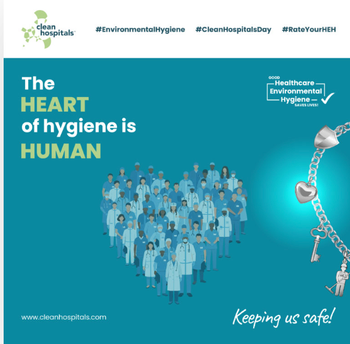
Patient with Drug-Resistant Form of HIV Identified
Researchers have identified a patient with a unique variant of HIV that is resistant to multiple classes of antiretroviral drugs and associated with the rapid development of AIDS, reporting their findings in this weeks issue of The Lancet.
The patient is a New York man who had unprotected sex with multiple partners and regularly took the illegal stimulant metamfetamine. His infection with HIV resulted in progression to symptomatic AIDS in four to 20 months. Martin Markowitz, of the Aaron Diamond AIDS Research Centre in New York, and colleagues analyzed the genetic make-up of the patients virus and assessed its susceptibility to antiretroviral drugs.
Rapid progression to AIDS after infection with HIV-1 has been previously described, as has the transmission of multi-drug resistant viruses. However, the unique feature of this report is the combination of these two featuresmulti-drug resistance and rapid clinical course to AIDS.
Previous research suggests that the likelihood to progression to AIDS in six and 12 months is seven per 10,000 and 45 per 10,000 individuals respectively. The cause of the rapid disease progression may be due to a particularly aggressive form of HIV. However, studies looking into this are ongoing and currently incomplete. The authors note that the public health ramifications of this case are great since the patient reported having unprotected sex with multiple partners.
Markowitz states, Only additional investigations will reveal whether this case is isolated or not. Irrespective of the outcome, efforts to prevent HIV-1 transmission need to be intensified, with particular emphasis on the epidemic that is being propelled by the use of metamfetamine. However, in doing so, care should be taken to avoid punitive measures against the populations most vulnerable to HIV-1.
In an accompanying editorial The Lancet comments, This case serves as a reminder that HIV remains a frighteningly versatile foe, one that can mutate to escape immune attack or to acquire drug resistance with surprising speed. One lesson to be drawn from this case, therefore, is that despite all the advances that have been made in understanding this virus and all the progress that has been made in developing new drugs, prevention remains the most effective strategy to combat HIV, especially prevention efforts that target high-risk groups, such as men who have sex with men, intravenous drug users, and sex workers and their clients.
Source: The Lancet
Newsletter
Stay prepared and protected with Infection Control Today's newsletter, delivering essential updates, best practices, and expert insights for infection preventionists.





